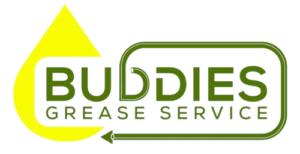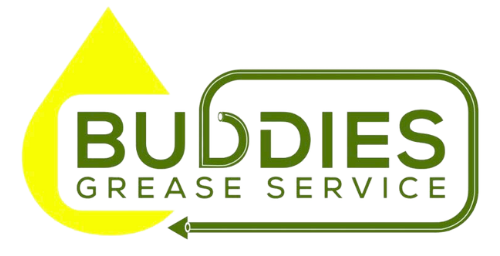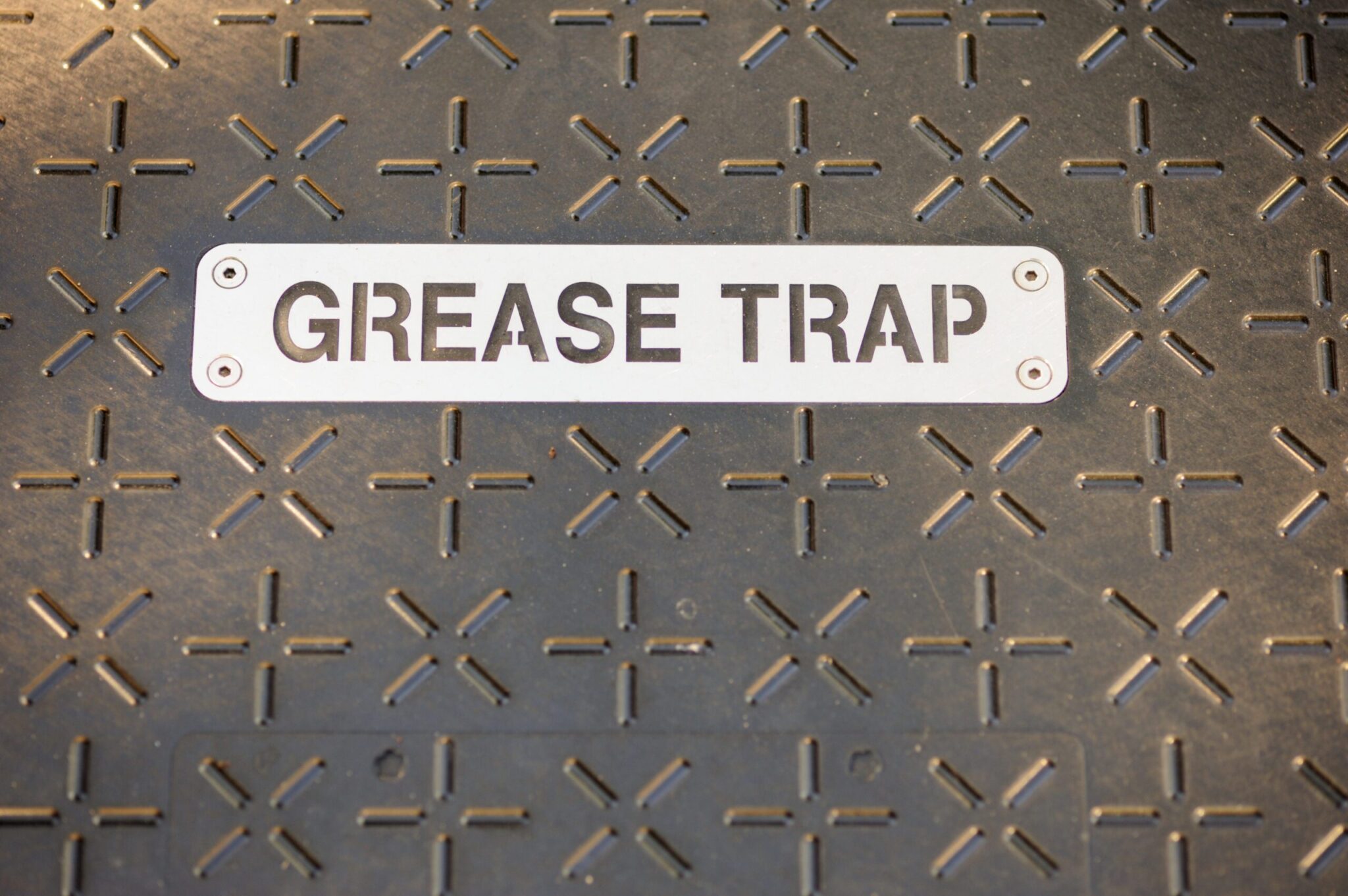In the restaurant industry, maintaining a clean and sanitary kitchen is paramount. Among the critical tasks that contribute to a hygienic environment is grease trap cleaning. This comprehensive guide is designed to provide restaurant owners with essential insights into the significance of grease trap cleaning, the cleaning process, and the importance of staying compliant with local regulations.
Understanding Grease Traps
Grease traps are vital components of a restaurant’s plumbing system, designed to capture and separate fats, oils, and grease (FOG) from wastewater before it enters the municipal sewage system. By preventing FOG from entering the sewage system, grease traps help avoid clogs, blockages, and potential environmental issues.
Importance of Compliance
To ensure the proper functioning of grease traps and adhere to local regulations, restaurant owners must be aware of compliance requirements. Regular grease trap cleaning and maintenance are often mandated to guarantee their effectiveness. Compliance not only avoids penalties but also contributes to a cleaner and safer environment.
The Grease Trap Cleaning Process
The grease trap cleaning process involves several essential steps. Firstly, the lid of the grease trap is removed, and its contents are professionally pumped out and disposed of following proper environmental guidelines. The cleaning procedure also includes scraping the trap’s interior to remove any remaining grease and solid particles, ensuring the trap is entirely clean and able to function efficiently.
Determining Cleaning Frequency
The frequency of grease trap cleaning largely depends on the size of the trap and the volume of FOG your restaurant produces. Smaller traps may require cleaning every 30 to 90 days, while larger traps may need more frequent cleaning. Consulting a professional grease trap cleaning service can help determine the ideal cleaning schedule for your establishment.
Benefits of Regular Grease Trap Cleaning
Regular grease trap cleaning offers several advantages for restaurant owners. It helps maintain a clean and safe kitchen environment, reduces the risk of blockages and backups, and ensures compliance with local regulations. Moreover, it prolongs the lifespan of your grease trap, saving you on potential repair or replacement costs.
Conclusion
Grease trap cleaning is an essential practice for any restaurant, not only to maintain a clean and safe kitchen but also to ensure compliance with local regulations. Understanding the grease trap cleaning process and its benefits can help restaurant owners keep their establishment in top shape. Regular grease trap cleaning, when performed by professionals, is a key element of responsible kitchen management and an investment in the longevity and success of your restaurant.


